LATVIJA.FM
The Role of Song in Latvian Resistance and Unity
Latvia’s history is not merely etched in stone or written in dusty volumes—it is sung. Across centuries of occupation, repression, and resurgence, Latvians have turned to song not only as artistic expression but as a powerful instrument of identity, resistance, and collective memory. From forest clearings where dainas were passed down orally, to massive gatherings of choirs during Soviet rule, singing became a lifeline—a subtle yet undeniable declaration of who Latvians were, and who they still are. This is the story of how a nation’s voice refused to be silenced.
Ancient Echoes: The Power of Dainas
Long before the rise of modern nationalism, Latvians were preserving their worldview through dainas—short, four-line folk verses handed down orally for generations. These poetic fragments, numbering in the hundreds of thousands, captured everything from family values to nature’s cycles. But beneath their lyrical beauty lay something more enduring: a cultural code that resisted erosion. When foreign powers erased borders and imposed foreign languages, Latvians still had their songs—unchanged, unbowed, and fiercely local.
Singing Under the Russian Empire
In the late 19th century, the Latvian National Awakening brought folk songs into sharper political focus. The first All-Latvian Song and Dance Festival in 1873 was not just a musical celebration—it was a moment of cultural self-assertion under the watchful eyes of the Tsarist authorities. Choirs sang of forests and stars, but everyone listening understood the deeper meaning. These weren’t just songs—they were affirmations of nationhood disguised as harmless tradition. Music gave voice to a people long denied the power of speech.
Harmony as Defiance: Singing in Soviet Latvia
After World War II, Soviet occupation brought censorship, Russification, and the silencing of dissent. But in Latvia, choral music became a paradoxical tool: state-approved yet deeply subversive. While Soviet songs were performed at official events, traditional Latvian repertoire endured in secret rehearsals, church halls, and behind closed doors. Choirs became safe havens for identity, where teenagers could learn their language, history, and sense of belonging through melodies inherited from their grandparents.
The Singing Revolution: When Voices Moved Mountains
Nowhere was the role of song in resistance more visible than during the Singing Revolution of the late 1980s. As Baltic nations began asserting their independence from the crumbling Soviet Union, Latvians gathered in droves—sometimes in the hundreds of thousands—to sing patriotic songs banned for decades. At the 1990 Song and Dance Festival, crowds erupted into the unofficial national anthem “Dievs, svētī Latviju” (God Bless Latvia). The moment was electric, irreversible. With no weapons but harmonies, Latvians made clear their desire for sovereignty. And the world listened.
A Living Tradition in a Free Latvia
Today, song remains central to Latvian identity—not as a weapon, but as a celebration. The Song and Dance Festival, now a UNESCO Masterpiece of the Oral and Intangible Heritage of Humanity, continues to unite generations. From schoolchildren to seniors, thousands prepare for years just to sing once on the Mežaparks stage. In a digital world often fractured by screens, this gathering reminds Latvians of their shared rhythm, shared breath, and shared voice. It is tradition, memory, and unity all at once.
Songs Carried Across Borders
Even abroad, Latvian song lives on. In diaspora communities across the U.S., Canada, Australia, and the UK, choirs remain a key institution of cultural preservation. During years of exile, displaced Latvians founded song festivals of their own, using music to feel at home in foreign lands. Today, these communities continue to teach children the old melodies, proving that Latvian song is not a museum piece—it is a living, breathing heritage, carried wherever Latvians may roam.
Cover image: Suitu sieva. Available under the Creative Commons Attribution-Share Alike 4.0 International license. Source: Wikimedia Commons.
